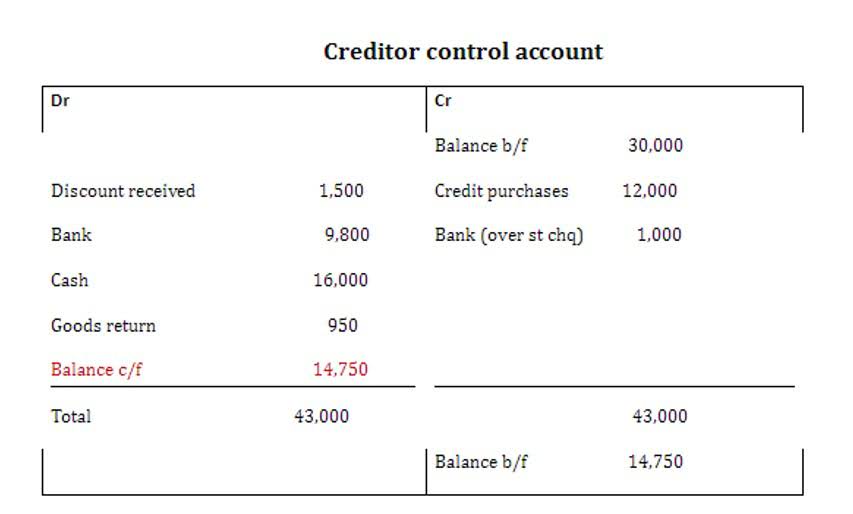
Financial Accounting Standards Board eased the mark to market accounting rule. This suspension allowed banks to keep the values of the MBS on their books. When oil prices dropped in 1986, the property held by Texas savings and loans also fell.
Expressed inversely, a mark-to-market system applies annual taxes on asset appreciation irrespective of the taxpayer’s realization behavior. Moreover, despite these risks, investing in the stock market can be a lucrative way to grow your wealth. It mark to market is an excellent platform to invest in the stock market as it provides you with ready-made stock portfolios created and managed by professionals. FASB is a non-profit organization that sets accounting standards for companies in the United States.
Can You Mark Assets to Market?
In order to ensure you can settle that contract, your broker will require you to hold a certain amount of cash, typically a relatively small percentage of the contract’s value. Given that the farmer holds a short position in the rice futures, when there is a fall in the value of the contract, an increase to the account is witnessed. Similarly, if there is an increase in the value of the futures, there will be a resultant decrease in his account. Level 1 assets are assets that have a reliable, transparent, fair market value, which are easily observable.
MARK-TO-MARKET: Household, credit card debt continues to soar – Quad-City Times
MARK-TO-MARKET: Household, credit card debt continues to soar.
Posted: Sun, 12 Nov 2023 11:00:00 GMT [source]
For example, let’s say a company decides to invest its cash in long-term Treasury bonds. If interest rates rise following that investment decision, the value of those bonds will decline. If those assets are marked to market each quarter, the company will show a value that’s less than what it originally invested. If interest rates fall, the value will go up, and the company can show an increase in asset value. When sharp, unpredictable volatility in prices occur, mark-to-market accounting proves to be inaccurate.
FSR Stock Plunges 10% as Fisker Struggles to Sell Its EVs
In contrast, with historical cost accounting, the costs remain steady, which can prove to be a more accurate gauge of worth in the long run. For example, Company ABC bought multiple properties in New York 100 years ago for $50,000. If the company uses mark-to-market accounting principles, then the cost of the properties recorded on the balance sheet rises to $50 million to more accurately reflect their value in today’s market.

The second step in the mark-to-market process is to determine the current market price of the financial instrument. This is typically the price at which the asset can be sold in the market. On Day 2, the market price of the shares increases, resulting in a mark to market value of $200, which is added to the account balance. While on Day 3, the market price drops to $48, causing a mark to market loss of $400, which is subtracted from the account balance. Again, on Day 4, the market price drops further to $45, resulting in a loss of $300, which brings the account value down to $4,500. But if the market moves against you and your futures contracts drop in value, your cash balance would adjust accordingly.
Marking Assets to Market
The profit of ₹4,750, adhering to the selling price of ₹102, will be credited to the trading account by the end of the day. For example, if a company holds financial assets such as stocks or bonds, changes in the market value of those assets can impact the company’s total assets. If the market value of the assets increases, the company’s total assets will increase and vice versa. MTM accounting can impact the income statement by changing the value of a company’s assets or liabilities. MTM settlement is important because it ensures that both parties in a contract are able to account for changes in market value and are not subject to excessive risk. It also ensures that the contract accurately reflects the price of the underlying asset.
- In this blog, you will learn about mark to market meaning, how it works, related risks and its importance in financial instruments.
- Mark to market accounting can be useful when evaluating how much a company’s assets are worth or determining value when trading securities.
- Under the current capital gains tax system, deferral treatment reduces effective tax rates, revenue, and the progressivity of the tax code.
- If the company uses historical accounting principles, then the cost of the properties recorded on the balance sheet remains at $50,000.
- If you’re trading futures contracts, for instance, mark to market adjustments are made to your cash balance daily, based on the settlement price of the securities you hold.
Similarly, if the stock decreases to $3, the mark-to-market value is $30 and the investor has an unrealized loss of $10 on the original investment. In personal accounting, the market value is the same as the replacement cost of an asset. A company that offers discounts to its customers in order to collect quickly on its accounts receivables (AR) will have to mark its AR to a lower value through the use of a contra asset account. That crisis might not be far off either, and an event like Spitznagel is predicting could cause interest rates to plunge to “very, very low” levels within the “next year or two,” he said.
Mark to market losses can be amplified during a financial crisis when it’s difficult to accurately determine the fair market value of an asset or security. When the stock market crashed, for instance, in 1929, banks were moved to devalue assets based on mark to market accounting rules. This helped turn what could have been a temporary recession into the Great Depression, one of the most significant economic events in stock market history. MTM or mark-to-market in futures is a process of revaluing open futures contracts at the end of each trading day to determine the profit or loss that has occurred due to changes in the price of the underlying asset. The mark-to-market process involves calculating the difference between the contract’s entry price and the contract’s current market price and settling the profit or loss in the trader’s account.
- However, assets that are valued using market-based pricing tend to fluctuate in value.
- While on Day 3, the market price drops to $48, causing a mark to market loss of $400, which is subtracted from the account balance.
- Banks had to revalue their books to reflect the current prices of their assets at that time.
- He spent five years as a staff reporter at The Wall Street Journal, and has also written for The Washington Post and Toronto Star newspapers, as well as financial websites such as The Motley Fool and Investopedia.
- MTM margin is calculated based on the current market price of the financial instrument.
Under the current capital gains tax system, deferral treatment reduces effective tax rates, revenue, and the progressivity of the tax code. Allowing certain types of income to avoid taxation leads to forgone revenue for the federal government—eliminating deferral would increase revenue. If you’re trading futures contracts, for instance, mark to market adjustments are made to your cash balance daily, based on the settlement price of the securities you hold. Your cash balance will increase or decrease based on the gains or losses reported for that day. This is done by adjusting the balance sheet accounts according to the prevailing market conditions. The asset’s value then reflects the amount it can be exchanged for based on the current market prices.
What is Mark-to-Market in Derivatives?
https://www.bookstime.com/ inflated the housing bubble and deflated home values during the decline. To estimate the value of illiquid assets, a controller can choose from two other methods. It incorporates the probability that the asset isn’t worth its original value. For a home mortgage, an accountant would look at the borrower’s credit score.
- Let us consider a situation where a farmer thinks the corn price will decline.
- In a scenario where a firm has to liquidate assets due to margin or capital requirements, and those assets have an extremely low (or non-existent) market value, this makes them hard to sell, which creates further financial difficulties.
- MTM accounting can also impact the balance sheet by changing the value of a company’s assets or liabilities.
- FASB has issued several accounting standards related to MTM, including FASB ASC Topic 815.
For example, a taxpayer can purchase a stock, hold it as the value of the stock rises, and until it is sold, the taxpayer is not liable to pay taxes on the accrued increase in value. On the other hand, MTM gains, also known as mark to market gains, refer to gains earned by an investor when the market value of their financial assets increases above their purchase price. We calculate this gain by comparing the current market value of the asset to its purchase price or the last valuation, and then record the difference as a gain. Mark to market accounting works by adjusting the value of assets based on current market conditions.
However, when the crisis hit, there was a rapid decline in the prices of properties. Suddenly, all of the appraisals of their worth were detrimentally off, and mark-to-market accounting was to blame. For example, mark to market accounting could have prevented the Savings and Loan Crisis. They listed the original prices of real estate they bought and updated prices only when they sold the assets. An accountant reprices the asset according to the quoted rate in the market.




